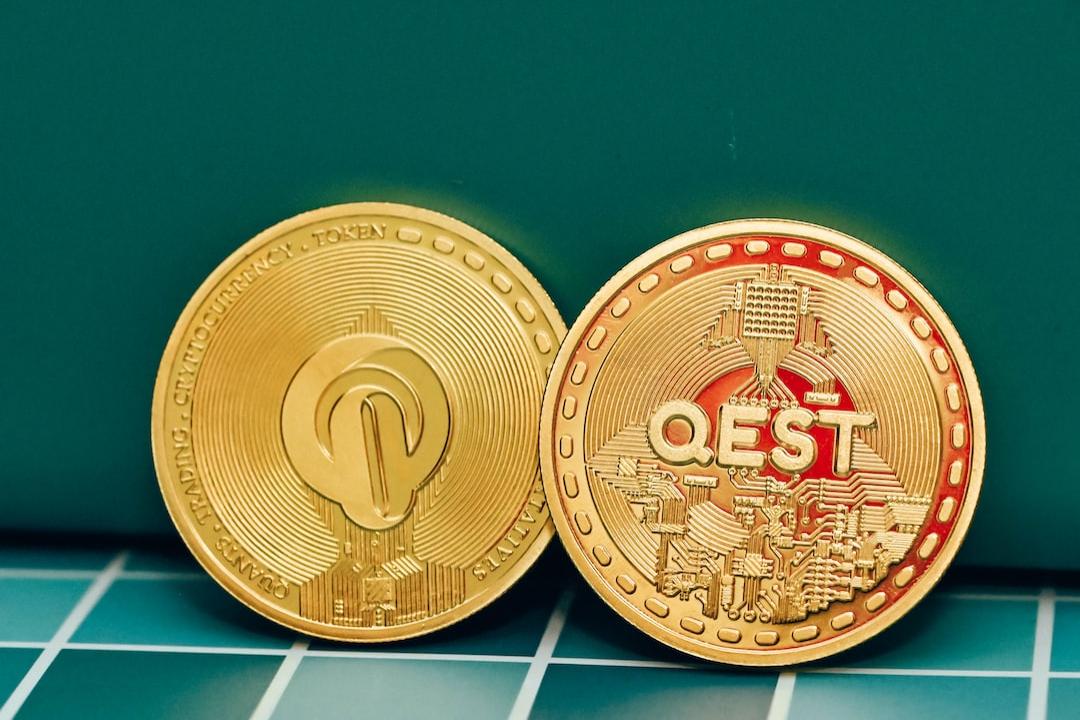Current Global Financial System Transformation
The global financial system is undergoing profound changes. As an emerging payment tool, stablecoins are reshaping the payment landscape with advantages such as instant settlement, low costs, and global coverage. This report analyzes the key participants, core infrastructure, and future development trends of the stablecoin ecosystem from both technical and business perspectives.
(Background: Sam Altman’s World Wallet intends to integrate Visa functionalities to create a “mini digital bank” for stablecoin payments)
(Context: What “fatal details” are hidden in the new U.S. stablecoin regulatory guidelines?)
Understanding the Shift
The global financial system is amidst a significant transformation wave. Traditional payment networks, hindered by outdated infrastructure, lengthy settlement cycles, and high costs, face comprehensive challenges from emerging alternatives—stablecoins. These digital assets are rapidly innovating cross-border value transfer, formalizing corporate transactions, and providing individuals with access to financial services.
Over the past few years, stablecoins have continuously developed and become a crucial underlying framework for global payments. Major fintech companies, payment processors, and sovereign entities are gradually integrating stablecoins into consumer-facing applications and business cash flows. Meanwhile, a series of emerging financial tools, from payment gateways to inflow and outflow channels and programmable yield products, have significantly enhanced the convenience of using stablecoins.
This report provides an in-depth analysis of the stablecoin ecosystem from both technological and commercial perspectives. It examines the key participants shaping this domain, the core infrastructure supporting stablecoin transactions, and the dynamic demand driving their applications. Additionally, it explores how stablecoins are fostering new financial application scenarios and the challenges they face in being widely integrated into the global economy.
Why Choose Stablecoin Payments?
To explore the impact of stablecoins, we must first examine traditional payment solutions. These conventional systems encompass cash, checks, debit cards, credit cards, international wire transfers (SWIFT), automated clearing houses (ACH), and peer-to-peer payments. Although they have become part of daily life, many payment channels, such as ACH and SWIFT, have existed since the 1970s. While groundbreaking at the time, most of these global payment infrastructures are now outdated and highly fragmented. Overall, these payment methods suffer from high costs, high friction, long processing times, inability to achieve round-the-clock settlement, and complex backend processes. Furthermore, they often bundle unnecessary additional services like identity verification, lending, compliance, fraud protection, and banking integration, which incur extra costs.
Stablecoin payments effectively address these pain points. Compared to traditional payment methods, using blockchain for payment settlement significantly simplifies the payment process, reduces intermediaries, and provides real-time visibility of cash flows, shortening settlement times and cutting costs.
The main advantages of stablecoin payments can be summarized as follows:
- Instant Settlement: Transactions are completed almost instantaneously, eliminating delays present in traditional banking systems.
- Security and Reliability: The immutable ledger of blockchain ensures transaction security and transparency, providing protection for users.
- Cost Reduction: Removing intermediaries significantly lowers transaction costs, saving expenses for users.
- Global Coverage: Decentralized platforms can reach underserved markets lacking traditional financial services (including unbanked populations), promoting financial inclusion.

The Landscape of Stablecoin Payment Industry
The stablecoin payment industry can be divided into four technical stack layers:

1. Layer One: Application Layer
The application layer primarily consists of various payment service providers (PSPs) that integrate multiple independent inflow and outflow payment institutions into a unified aggregation platform. These platforms offer users convenient access to stablecoins, provide tools for developers working at the application layer, and offer credit card services to Web3 users.

